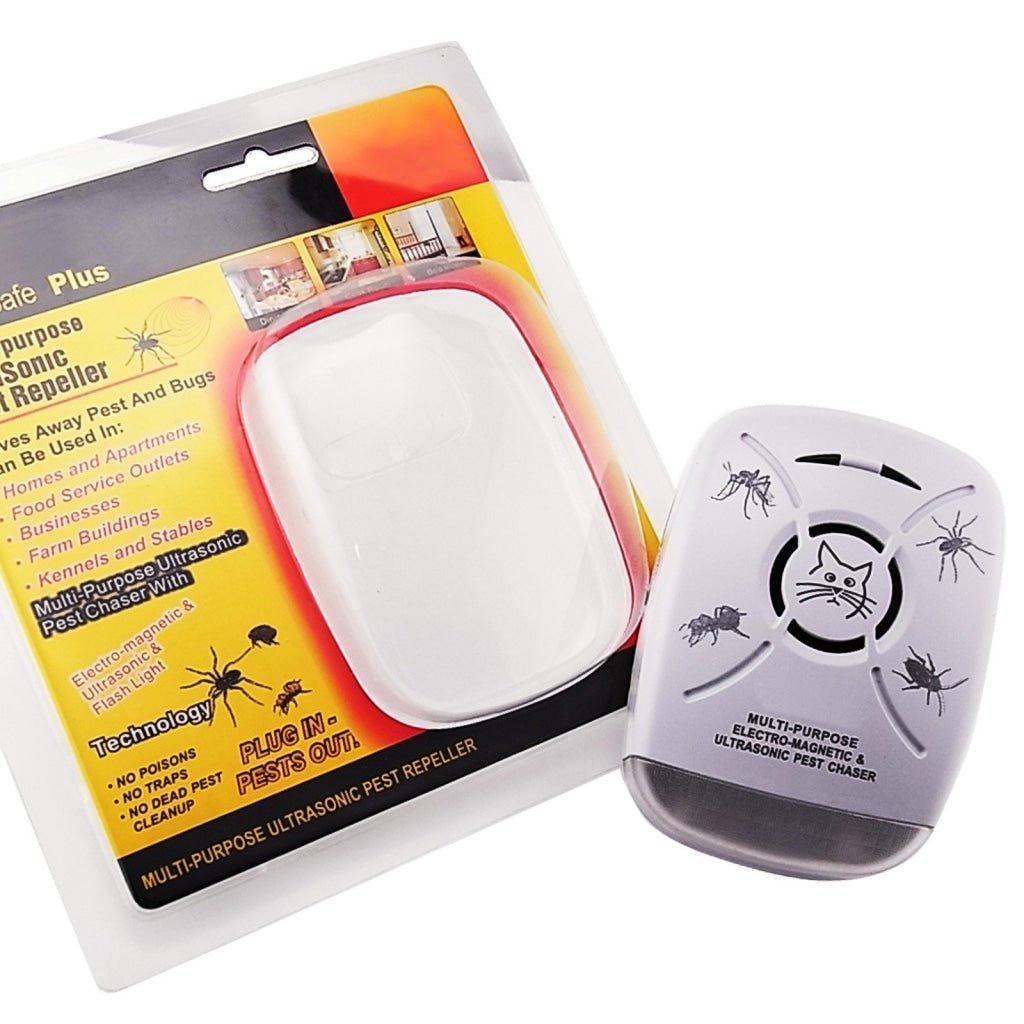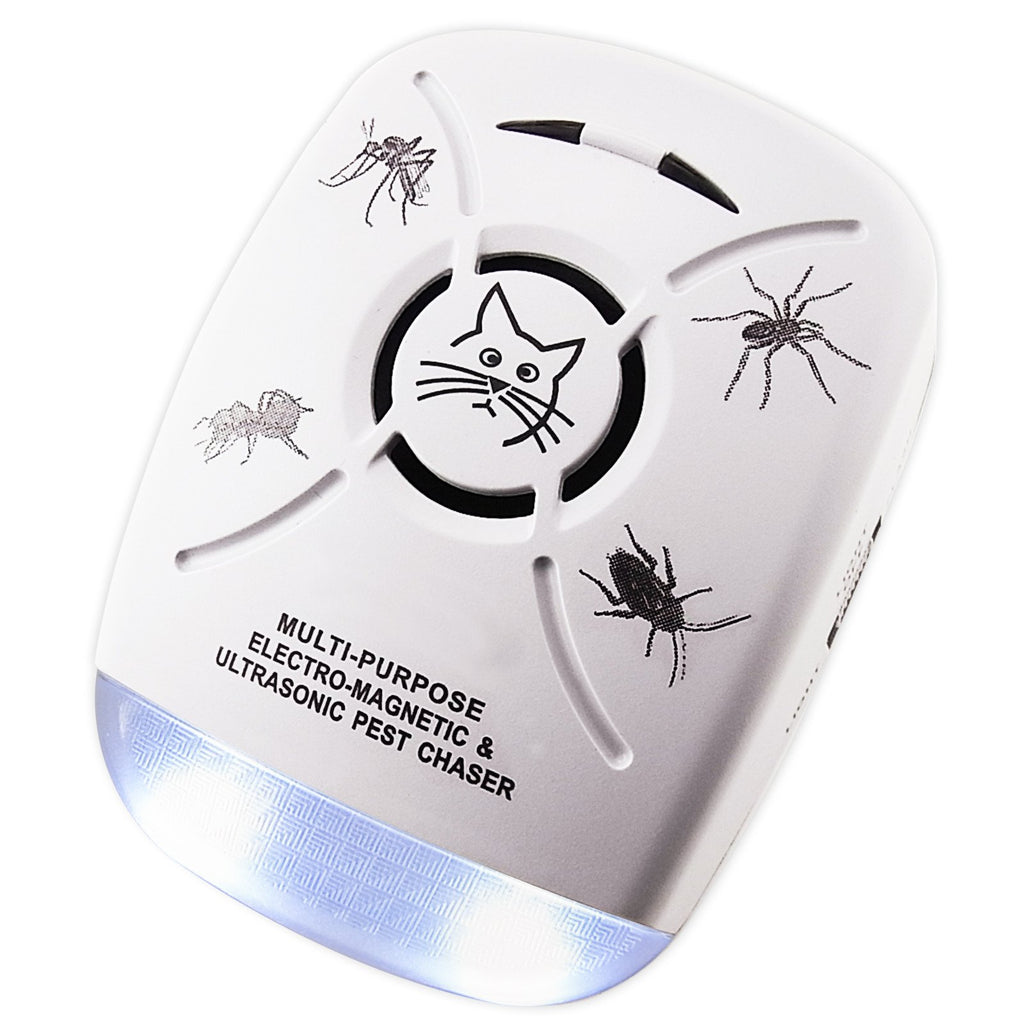Top Guidelines Of Pestwise
Top Guidelines Of Pestwise
Blog Article
More About Pestwise
Table of ContentsExcitement About PestwisePestwise for DummiesThe Main Principles Of Pestwise Some Of PestwiseThe 5-Second Trick For PestwiseHow Pestwise can Save You Time, Stress, and Money.Some Known Factual Statements About Pestwise

Q. Define "incorporated insect management" (IPM) and checklist a number of possible control methods that may be used in an IPM method. A. Integrated insect management is the incorporating of suitable parasite control techniques right into a solitary strategy to minimize pests and their damage to an acceptable degree. Pest control techniques may consist of: host resistance, biological control, social control, mechanical control, hygiene, and chemical (chemical) control.
The Best Strategy To Use For Pestwise
What can you do to keep the insects you are attempting to regulate from becoming resistant to the chemicals you make use of? A. Pest resistance can be decreased by utilizing integrated bug administration and turning the kinds of chemicals used.
Bugs are a vital hazard to the farming business, and integrated insect monitoring aids growers address and mitigate these risks. Integrated insect monitoring makes use of numerous approaches in facility, hence being a more effective solution to the issue. Termite Control. Particularly, eliminating aggressive chemical methods enables decreasing damage to individuals and the setting by utilizing all-natural and much safer options rather
The Best Strategy To Use For Pestwise
The goal of incorporated bug administration is to reduce this injury and control appropriate infestation degrees as opposed to eliminate all undesired populaces. This is why it is very important to understand what steps are justified in each instance and use hostile ones only when various other integrated monitoring methods do not work. Integrated management minimizes the negative effects of a non-IPM method, and the main advantages of IPM Benefits of IPM.
A right understanding of the infestation range determines if the trouble should be attended to. are the next elements of an IPM program due to the fact that it is very important to understand if the organisms make prospective threats and choose the incorporated administration alternatives or the particular pesticide use. mean to reduce invasions by using various agronomic strategies.
Not known Details About Pestwise
Integrated management alternatives in an IPM program beginning with much safer to much more hostile ones. The above-mentioned integrated management facets aid recognize just how to prepare and execute an IPM program step by action: Screen your crops routinely.

Amongst others, IPM social techniques consist of the following field administration strategies: dirt therapy; selection of appropriate plants; plant turning; interplanting or strip cropping; selection of planting dates; weed control; usage of catch plants. Beneficial soil conditions speed up plant development, and strenuous plants are much more resistant to invasions. Healthy seed startings and seeds determine effective crop growth, so it is crucial to pick pest-free planting product with solid origins.
, which is additionally made use of in the incorporated bug monitoring system. Alternatively, problems raise when plants of the very same plant kind or family members expand with each other.
Potato beetles can harm growing potatoes, in addition to tomatoes. Planting trap plants in spots is an additional choice for IPM intercropping. This integrated insect administration method recommends bring in bugs to details plants and afterwards regulating them with chemical or mechanical methods. Particularly, you can grow soybeans as catch plants for Japanese beetles.
The 7-Minute Rule for Pestwise
Obstacles are case in points of physical IPM methods. Allow's take a closer consider them. Removing or choosing insects out manually is a time and labor-consuming choice that is extensively applied in integrated monitoring and chemical-free farming. Fully grown pests or helpful resources their eggs and larvae are gathered by hand and damaged.

Division of Plant Sciences. University of Missouri. Dirt solarization is a reliable integrated administration method to decontaminate the field by heating it in a natural method. This incorporated monitoring technique indicates a common way of ruining bugs by killers, parasitoids, virus, and other organic control representatives (also known as hostile organisms). The role of organic control in IPM is to.
7 Simple Techniques For Pestwise
With time, their population became a genuine annoyance to farmers together with indigenous kangaroos or dingoes. The cane toad is an additional situation showing integrated organic control failing hereof when it refused to quest the target types and ended up being a pest itself. Parasitoids create on or within their hosts to ultimately kill them after maturing.
Report this page